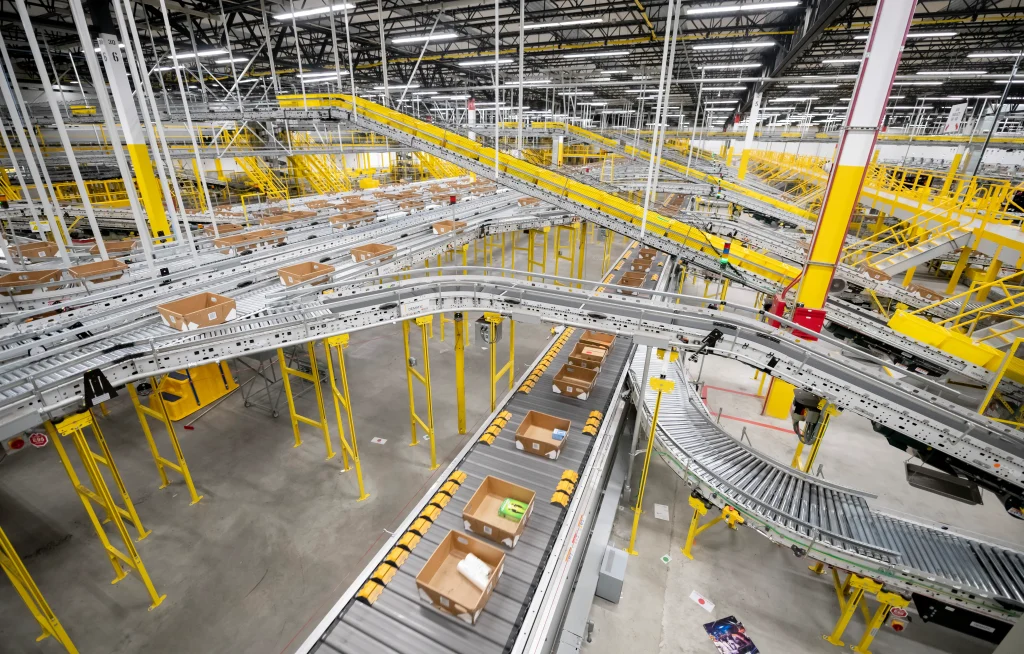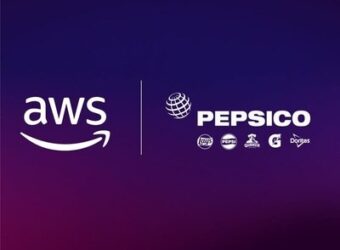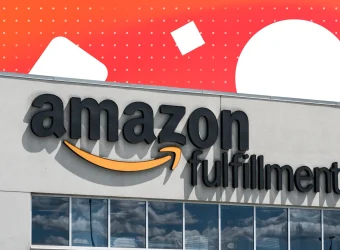QubIt Applications for Grocery Industry – Project Overview
Through a wide variety of mobile applications, we’ve developed a unique visual system and strategy that can be applied across the spectrum of available applications.

Through a wide variety of mobile applications, we’ve developed a unique visual system and strategy that can be applied across the spectrum of available applications.
The QubIt Fulfillment Platform is an end-to-end software and automation solution designed to support omnichannel retail operations, particularly in the grocery and fast-moving consumer goods sectors. It enables retailers to manage multi-site fulfillment centers through a unified platform integrated with retail IT systems. The project aimed to simplify operations, improve delivery speed, and enhance profitability by bringing fulfillment closer to the consumer.
In the strategy phase, the focus was on aligning the QubIt platform with the operational needs of grocery retailers. The goal was to create a scalable and flexible infrastructure that could support multiple fulfillment centers across different regions. You contributed to defining the cloud strategy, selecting Azure and AWS as the core platforms, and establishing DevOps practices to support continuous delivery and infrastructure automation. Security, compliance, and cost optimization were also key strategic priorities, ensuring the platform could scale securely and efficiently.
During the design phase, you collaborated with platform engineers, developers, and product managers to architect a cloud-native infrastructure. You designed the CI/CD pipelines to support automated software delivery, integrated version control systems, and implemented infrastructure as code using Terraform. The platform was containerized using Docker and orchestrated with Kubernetes, enabling modular deployments and streamlined updates. Observability was built into the design using Prometheus, Grafana, and Azure Monitoring, ensuring real-time visibility into system performance and health. Security controls and policies were embedded into the infrastructure design to meet industry standards and client requirements.
In the implementation phase, you led the provisioning and configuration of cloud infrastructure, implemented CI/CD pipelines, and deployed containerized applications across multiple environments. You worked closely with stream-aligned teams to ensure each team managed its own pipelines, promoting autonomy and faster delivery cycles. You also set up observability tools, configured alerts and dashboards, and implemented autoscaling policies to ensure performance and reliability. Security best practices were enforced through regular assessments and automated compliance checks. Additionally, you supported 24/7 operations by developing incident response plans and participating in on-call rotations.
As a Senior DevOps Engineer and Cloud Solution Architect, you were responsible for the end-to-end infrastructure lifecycle—from planning and design to deployment and operations. Your work enabled the QubIt platform to operate seamlessly across multiple fulfillment centers, supporting high-volume, time-sensitive grocery operations. The project scope included infrastructure automation, CI/CD pipeline management, container orchestration, observability, security, and performance optimization.
Add this content: Give me the Page name I will add the content




A large-scale cloud transformation initiative aimed at transitioning Pepsi’s existing infrastructure and applications to a modern, scalable, and secure cloud environment. Pepsi Migration Project , The primary goal was to enhance system performance, ensure high availability, and improve security while minimizing disruption to ongoing operations.


The Pepsi Migration Project was a large-scale cloud transformation initiative aimed at transitioning Pepsi’s existing infrastructure and applications to a modern, scalable, and secure cloud environment. The primary goal was to enhance system performance, ensure high availability, and improve security while minimizing disruption to ongoing operations.
In the strategy phase, the focus was on understanding Pepsi’s existing IT landscape, identifying pain points, and defining a roadmap for cloud migration. You played a key role in assessing the current infrastructure and aligning the migration plan with business goals. This involved selecting the appropriate cloud platforms—Azure and AWS—and defining a hybrid cloud strategy that would support both legacy systems and modern workloads. Security, compliance, and disaster recovery were prioritized from the outset, ensuring that the migration would meet industry standards and Pepsi’s internal governance policies
During the design phase, you collaborated with platform engineers, product managers, and developers to architect a robust cloud infrastructure. You designed the network topology, defined IAM roles and policies, and created Terraform scripts to automate the provisioning of cloud resources. The CI/CD pipelines were designed to support continuous integration and deployment, enabling rapid and reliable software delivery. Kubernetes was chosen for container orchestration, and observability was built into the system using Prometheus, Grafana, Azure Monitoring, and New Relic. The infrastructure was designed to be modular, scalable, and resilient, with built-in support for autoscaling and failover.
In the implementation phase, you led the provisioning of cloud infrastructure, configuring networking and security using Terraform. You deployed containerized applications using Kubernetes and managed the CI/CD pipelines to automate build, test, and deployment processes. You also implemented observability solutions, set up alerts and dashboards, and conducted regular security assessments to ensure compliance. Performance optimization was a continuous effort, involving the identification of bottlenecks and the implementation of autoscaling policies. You also developed and maintained incident response plans and participated in 24/7 operations to ensure system reliability and business continuity
As a Cloud Engineer and DevOps Engineer, you were responsible for the end-to-end delivery of cloud infrastructure and DevOps automation. Your work spanned infrastructure provisioning, CI/CD pipeline management, container orchestration, monitoring, security, and disaster recovery. The project scope included migrating legacy systems to the cloud, modernizing application deployment processes, and establishing a secure, scalable, and observable infrastructure that could support Pepsi’s global operations.
The Pepsi Migration Project was a strategic cloud transformation initiative aimed at modernizing Pepsi’s IT infrastructure by migrating legacy systems to a secure, scalable, and high-performance cloud environment. The project began with a comprehensive assessment of the existing infrastructure and the development of a cloud strategy that aligned with Pepsi’s operational goals. You played a central role in designing the cloud architecture, defining security policies, and automating infrastructure provisioning using Terraform.
During implementation, you led the deployment of containerized applications using Kubernetes, managed CI/CD pipelines for continuous delivery, and established observability through tools like Prometheus, Grafana, and Azure Monitoring. Your work ensured that the new environment was not only robust and compliant but also optimized for performance and reliability.
In conclusion, the project successfully transitioned Pepsi’s infrastructure to a modern cloud platform, significantly improving scalability, security, and operational efficiency. Your contributions were instrumental in delivering a resilient and automated environment that supports Pepsi’s evolving digital needs.

Through a wide variety of mobile applications, we’ve developed a unique visual system.
Amazon Fulfillment Centers are large-scale warehouses where customer orders are received, processed, packed, and shipped. These centers are the backbone of Amazon’s logistics network, enabling fast and efficient delivery of millions of products worldwide. Each center uses a combination of advanced robotics, automated systems, and human labor to manage inventory and fulfill orders.
To develop a scalable, secure, and automated cloud infrastructure to support the operations of Amazon’s fulfillment centers, with a focus on robotics simulators and automation tools.
Cloud Strategy Development: Led the strategic planning for infrastructure provisioning using Azure and AWS.
Security & Compliance Planning: Defined security best practices and compliance frameworks using Azure Security Center and IAM policies.
Business Continuity: Integrated Azure Site Recovery for disaster recovery and business continuity planning.
SRE Practices: Incorporated Site Reliability Engineering principles to ensure high availability and performance.
In the implementation phase of the Amazon Fulfillment Center project, you led the deployment and management of cloud infrastructure across Azure and AWS. You automated infrastructure provisioning using Terraform and Ansible, and managed CI/CD pipelines with Circle CI for continuous integration and deployment. You deployed containerized applications using Kubernetes and Helm, set up observability with Prometheus, Grafana, and Azure Monitoring, and enforced security best practices. Additionally, you optimized system performance with autoscaling and maintained incident response plans to support 24/7 operations.

Amazon Fulfillment Center project successfully delivered a robust, automated, and secure cloud infrastructure to support high-performance robotics simulators and fulfillment operations. Your leadership in DevOps and cloud architecture enabled seamless deployment, monitoring, and scaling of applications across Azure and AWS. The implementation of CI/CD pipelines, container orchestration, and observability tools ensured operational efficiency, security compliance, and 24/7 system reliability—contributing significantly to the fulfillment center’s agility and performance.


